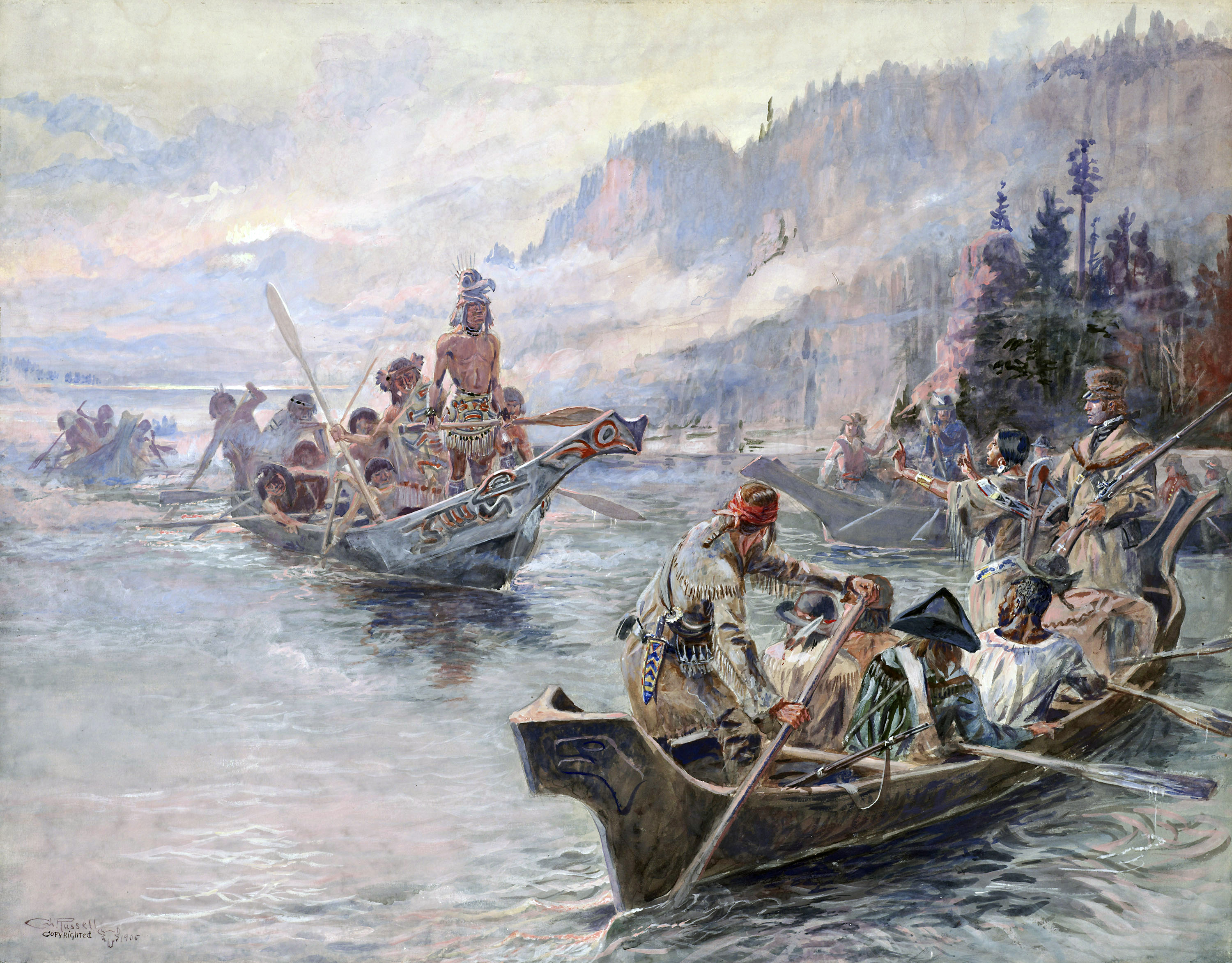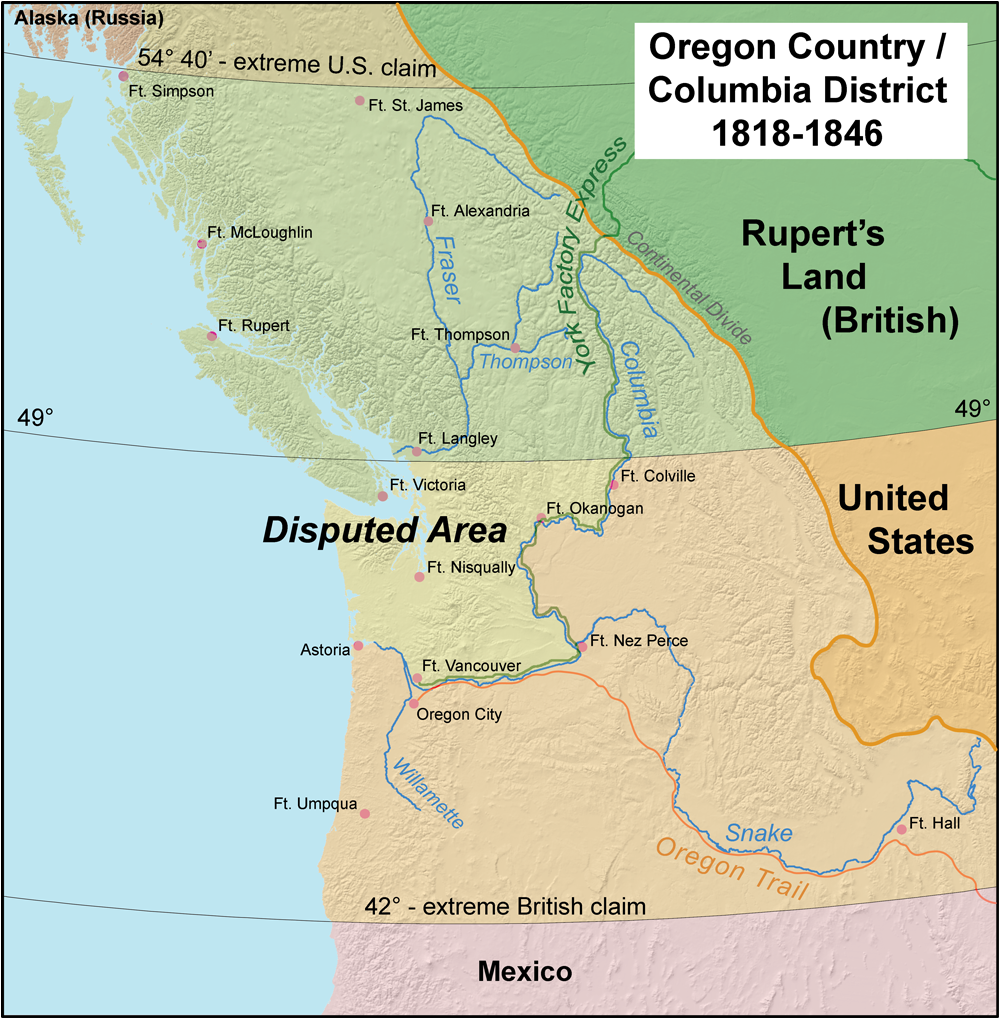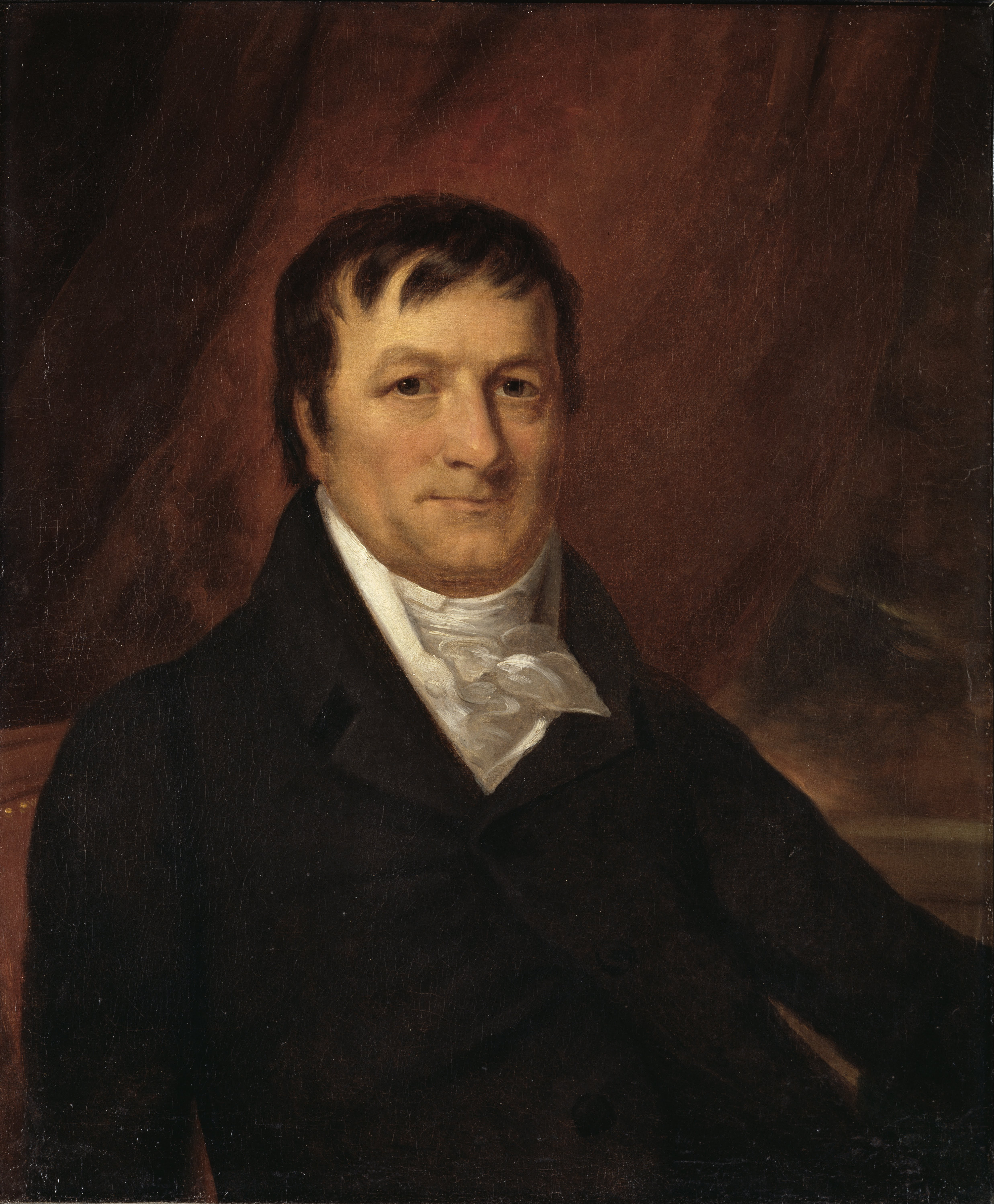|
Northwest Oregon
Northwest Oregon is a geographic and cultural region of the U.S. state of Oregon, composed of Clatsop, Columbia, and Tillamook counties. The region encompasses the northernmost parts of the state along the lower Columbia River. History The region was inhabited for thousands of years by the Chinook and Salish peoples. In May 1792, American explorer Robert Gray became the first European American to navigate the Columbia River, trading with the native tribes and exploring up to 15 miles upriver. Gray created a chart of the lower river, a copy of which was acquired by British explorer George Vancouver. Vancouver conducted a more thorough expedition of the river, traveling as far up as Mount Hood. The Lewis and Clark Expedition, led by Meriwether Lewis and William Clark, sighted the Pacific Ocean for the first time on November 7, 1805, arriving two weeks later. The expedition faced its second bitter winter camped on the north side of the Columbia River, in a storm-wracked ar ... [...More Info...] [...Related Items...] OR: [Wikipedia] [Google] [Baidu] |
Northwest Oregon
Northwest Oregon is a geographic and cultural region of the U.S. state of Oregon, composed of Clatsop, Columbia, and Tillamook counties. The region encompasses the northernmost parts of the state along the lower Columbia River. History The region was inhabited for thousands of years by the Chinook and Salish peoples. In May 1792, American explorer Robert Gray became the first European American to navigate the Columbia River, trading with the native tribes and exploring up to 15 miles upriver. Gray created a chart of the lower river, a copy of which was acquired by British explorer George Vancouver. Vancouver conducted a more thorough expedition of the river, traveling as far up as Mount Hood. The Lewis and Clark Expedition, led by Meriwether Lewis and William Clark, sighted the Pacific Ocean for the first time on November 7, 1805, arriving two weeks later. The expedition faced its second bitter winter camped on the north side of the Columbia River, in a storm-wracked ar ... [...More Info...] [...Related Items...] OR: [Wikipedia] [Google] [Baidu] |
National Geographic Society
The National Geographic Society (NGS), headquartered in Washington, D.C., United States, is one of the largest non-profit scientific and educational organizations in the world. Founded in 1888, its interests include geography, archaeology, and natural science, the promotion of environmental and historical conservation, and the study of world culture and history. The National Geographic Society's logo is a yellow portrait frame—rectangular in shape—which appears on the margins surrounding the front covers of its magazines and as its television channel logo. Through National Geographic Partners (a joint venture with The Walt Disney Company), the Society operates the magazine, TV channels, a website, worldwide events, and other media operations. Overview The National Geographic Society was founded on 13 January 1888 "to increase and diffuse geographic knowledge". It is governed by a board of trustees whose 33 members include distinguished educators, business executives, ... [...More Info...] [...Related Items...] OR: [Wikipedia] [Google] [Baidu] |
Oregon Boundary Dispute
The Oregon boundary dispute or the Oregon Question was a 19th-century territorial dispute over the political division of the Pacific Northwest of North America between several nations that had competing territorial and commercial aspirations in the region. Expansionist competition into the region began in the 18th century, with participants including the Russian Empire, Great Britain, Spain, and the United States. After the War of 1812, the Oregon dispute took on increased importance for diplomatic relations between the British Empire and the fledgling American republic. In the mid-1820s, the Russians signed the Russo-American Treaty of 1824 and the Russo-British Treaty of 1825, and the Spanish signed the Adams–Onís Treaty of 1819, by which Russia and Spain formally withdrew their respective territorial claims in the region, and the British and the Americans acquired residual territorial rights in the disputed area. But the question of sovereignty over a portion of the North ... [...More Info...] [...Related Items...] OR: [Wikipedia] [Google] [Baidu] |
Tonquin (1807)
''Tonquin'' was a 290-ton American merchant ship initially operated by Fanning & Coles and later by the Pacific Fur Company (PFC), a subsidiary of the American Fur Company (AFC). Its first commander was Edmund Fanning, who sailed to the Qing Empire for valuable Chinese trade goods in 1807. The vessel was outfitted for another journey to China and then was sold to German-American entrepreneur John Jacob Astor. Included within his intricate plans to assume control over portions of the lucrative North American fur trade, the ship was intended to establish and supply trading outposts on the Pacific Northwest coast. Valuable animal furs purchased and trapped in the region would then be shipped to China, where consumer demand was high for particular pelts. ''Tonquin'' left New York City for the Columbia River in late 1810. From there the vessel sailed across the Atlantic Ocean until reaching the Falkland Islands in December. Captain Jonathan Thorn marooned eight PFC employees there, tho ... [...More Info...] [...Related Items...] OR: [Wikipedia] [Google] [Baidu] |
Pacific Fur Company
The Pacific Fur Company (PFC) was an American fur trade venture wholly owned and funded by John Jacob Astor that functioned from 1810 to 1813. It was based in the Pacific Northwest, an area contested over the decades between the United Kingdom of Great Britain and Ireland, the Spanish Empire, the United States of America and the Russian Empire. Management, clerks and fur trappers were sent both by land and by sea to the Pacific Coast in the Autumn of 1810. The base of operations was constructed at the mouth of the Columbia River in 1811, Fort Astoria (present-day Astoria, Oregon). The destruction of the company vessel the '' Tonquin'' later that year off the shore of Vancouver Island took with it the majority of the annual trading goods. Commercial competition with the British-Canadian North West Company began soon after the foundation of Fort Astoria. The Canadian competitors maintained several stations in the interior, primarily Spokane House, Kootanae House and Saleesh House ... [...More Info...] [...Related Items...] OR: [Wikipedia] [Google] [Baidu] |
Fort Astoria
Fort Astoria (also named Fort George) was the primary fur trading post of John Jacob Astor's Pacific Fur Company (PFC). A maritime contingent of PFC staff was sent on board the '' Tonquin'', while another party traveled overland from St. Louis. This land based group later became known as the Astor Expedition. Built at the entrance of the Columbia River in 1811, Fort Astoria was the first American-owned settlement on the Pacific coast of North America. The inhabitants of the fort differed greatly in background and position, and were structured into a corporate hierarchy. The fur trading partners of the company were at the top, with clerks, craftsmen, hunters, and laborers in descending order. Nationalities included Americans, Scots, French Canadian voyageurs, Native Hawaiian Kanakas, and various indigenous North Americans, including Iroquois and others from Eastern Canada. They found life quite monotonous, with the fish and vegetable diet boring. Venereal diseases were problem ... [...More Info...] [...Related Items...] OR: [Wikipedia] [Google] [Baidu] |
David Thompson (explorer)
David Thompson (30 April 1770 – 10 February 1857) was a English Canadian, British-Canadian fur trader, surveying, surveyor, and Cartography, cartographer, known to some native people as "Koo-Koo-Sint" or "the Stargazer". Over Thompson's career, he travelled across North America, mapping of North America along the way. For this historic feat, Thompson has been described as the "greatest practical land geographer that the world has produced". Early life David Thompson was born in Westminster, Middlesex, to recent Welsh migrants David and Ann Thompson. When Thompson was two, his father died. Due to the financial hardship with his mother without resources, Thompson, 29 April 1777, the day before his seventh birthday, and his older brother were placed in the Grey Coat Hospital, a school for the disadvantaged of Westminster. Thompson graduated to the Grey Coat mathematical school, well known for teaching navigation and surveying. He received an education for the Royal Navy: inclu ... [...More Info...] [...Related Items...] OR: [Wikipedia] [Google] [Baidu] |
Harris
Harris may refer to: Places Canada * Harris, Ontario * Northland Pyrite Mine (also known as Harris Mine) * Harris, Saskatchewan * Rural Municipality of Harris No. 316, Saskatchewan Scotland * Harris, Outer Hebrides (sometimes called the Isle of Harris), part of Lewis and Harris, Outer Hebrides * Harris, Rùm, a place on Rùm, Highland United States * Harris, Indiana * Harris, Iowa * Harris, Kansas * Harris Township, Michigan * Harris, Minnesota * Harris, Missouri * Harris, New York * Harris, North Carolina * Harris, Oregon * Harris, Wisconsin Elsewhere * Harris, Montserrat Other places with "Harris" in the name * Harrisonburg, Louisiana * Harrisonburg, Virginia * Harris County (other) * Harris Lake (other) * Harris Mountain (other) * Harris Township (other) * Harrisburg (other) * Harrison (other) * Harrisville (other) People * Harris (Essex cricketer) * Harris Jayaraj, an Indian music director * Harr ... [...More Info...] [...Related Items...] OR: [Wikipedia] [Google] [Baidu] |
Fort Clatsop
Fort Clatsop was the encampment of the Lewis and Clark Expedition in the Oregon Country near the mouth of the Columbia River during the winter of 1805–1806. Located along the Lewis and Clark River at the north end of the Clatsop Plains approximately southwest of Astoria, the fort was the last encampment of the Corps of Discovery, before embarking on their return trip east to St. Louis. The Lewis and Clark Expedition wintered at Fort Clatsop before returning east to St. Louis in the spring of 1806. It took just over 3 weeks for the Expedition to build the fort, and it served as their camp from December 8, 1805 until their departure on March 23, 1806. The site is now protected as part of the Lewis and Clark National Historical Park, part of which was formerly known as Fort Clatsop National Memorial until 2004. The original Fort Clatsop decayed in the wet climate of the region but was reconstructed for the sesquicentennial in 1955 from sketches in the journals of William Clark. ... [...More Info...] [...Related Items...] OR: [Wikipedia] [Google] [Baidu] |
Lewis And Clark River
The Lewis and Clark River is a tributary of Youngs River, approximately long, in northwest Oregon in the United States. It drains of the Northern Oregon Coast Range in the extreme northwest corner of the state, entering Youngs River just above its mouth on the Columbia River at Youngs Bay. Near the river's mouth is the site of former Fort Clatsop of the Lewis and Clark Expedition. The river is named for Meriwether Lewis and William Clark. History and parks The river was called the Netul River by Lewis and Clark and the Native American Clatsop people who were living in the area at the time. It continued to be known as the Netul River until 1925, when it was renamed to honor Lewis and Clark. The river flows through Lewis and Clark National Historical Park, which was designated as a National Historical Park in 2004. Fish The river is home to bottom-feeding white sturgeon, which is a sport fish in the area. It is also home to an extensive salmon repopulation program, just outside ... [...More Info...] [...Related Items...] OR: [Wikipedia] [Google] [Baidu] |
Clark
Clark is an English language surname, ultimately derived from the Latin with historical links to England, Scotland, and Ireland ''clericus'' meaning "scribe", "secretary" or a scholar within a religious order, referring to someone who was educated. ''Clark'' evolved from "clerk". First records of the name are found in 12th-century England. The name has many variants. ''Clark'' is the twenty-seventh most common surname in the United Kingdom, including placing fourteenth in Scotland. Clark is also an occasional given name, as in the case of Clark Gable. According to the 1990 United States Census, ''Clark'' was the twenty-first most frequently encountered surname, accounting for 0.23% of the population.United States Census Bureau (9 May 1995). s:1990 Census Name Files/dist.all.last (1-100). Retrieved on 2021-07-27. Notable people with the surname include: Disambiguation pages *Anne Clark (other), multiple people *Brian Clark (other), multiple people * Cameron Cl ... [...More Info...] [...Related Items...] OR: [Wikipedia] [Google] [Baidu] |
York (slave)
York (1770–75 – after 1815) was an American explorer and historic figure, being the only African-American member of the Lewis and Clark Expedition; he participated in the entire exploration and made significant contributions to its success. He was the first African American to cross the continent and see the Pacific. He has become an American icon and several monuments depicting him have been erected honoring his legacy. York was born enslaved, the son of Old York and Rose, who were owned by John Clark III, William Clark's father. William inherited York from his father in 1799. York was a large man; his weight has been estimated as . He was about the same age as Clark, perhaps a few years older or younger, and naturally strong. His skin was dark: he was "black as a bear", said one who knew him, and his hair was short and curling. Like most of the enslaved, York was illiterate, and information about him is scanty. York expected to be given his freedom after the successful expe ... [...More Info...] [...Related Items...] OR: [Wikipedia] [Google] [Baidu] |






.jpg)

